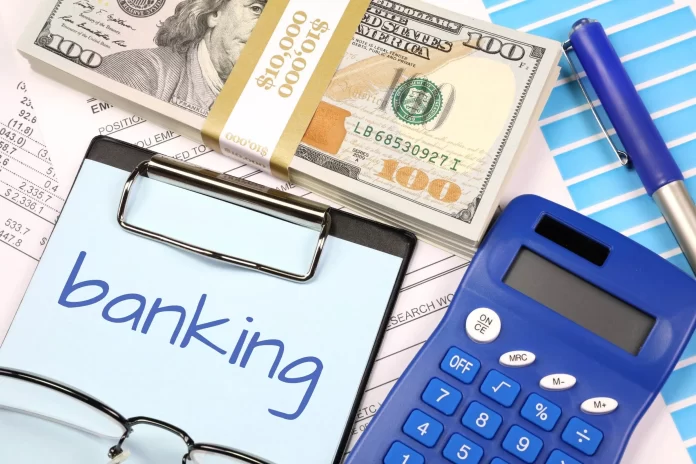Indians favour Fixed Deposits (FDs) as a repository for their hard-earned money. Being risk-averse investors, they value FDs due to their provision of guaranteed returns over an allocated period. However, various banks may offer significantly disparate interest rates on these fixed deposits.
Financial institutions offer fixed deposit interest rates. It determines your interest income when you keep your money deposited with them. These rates may vary among banks and fluctuate over time due to various variables.
In this post, we will examine the primary factors influencing India’s fixed deposit interest rates. Being aware of these aspects allows you to make informed decisions about allocating your funds. Furthermore, this post will give you a comprehensive understanding of computing fixed deposit interest rates.
Are Fixed Deposit Rates Revised Frequently?
Fixed deposit rates experience gradual increases or decreases as inflation affects them. The Reserve Bank of India (RBI) temporally lends money to commercial banks at a specific interest rate, referred to as the repo rate. An increase in the bank lending interest rates results from an elevation in the repo rate. It causes staggered retail credit availability. Rising repo rates correspond to an increase in fixed deposit interest rates. Nevertheless, certain banks opt against elevating the deposit rate. They fear this action could detrimentally affect their bottom line, a concern that persists despite escalating inflation and diminishing returns.
Factors Affecting Fixed Deposit Interest Rates
FD Tenure
When booking an FD, you can select any term during the bank’s minimum and maximum tenure range. For example, the FD tenure at IDFC FIRST Bank varies from seven days to ten years. The FD interest rates has a direct bearing on the FD tenure. Longer tenures typically result in higher FD rates offered by banks.
Invested Amount
The interest you get on your investment is influenced by even the amount you put into the FD Account. Banks like IDFC FIRST Bank often provide fixed deposit interest rates for different categories, such as FD sums smaller than INR 2 crore.
Repo Rate and Monetary Policy
Fixed deposit interest rates are directly impacted by the monetary policy decisions made by a nation’s central bank, which are frequently represented in the repo rate. Interest rates on fixed deposits rise when the central bank increases the repo rate, making it more costly for banks to borrow money. On the other hand, fixed deposit interest rates can decrease in response to a lower repo rate.
Inflation Rate
Over time, inflation reduces the buying power of money. The interest rate on your fixed deposit must at least keep up with inflation to guarantee that your investment will not lose value. When establishing FD interest rates, financial institutions take inflation into account. Increased fixed deposit rates might respond to greater inflation and offset the decline in buying power.
How to Get the Best FD Rate?
You need to know how fixed deposit rates are set and what variables affect them to receive the best rate. The RBI’s repo rate is the most crucial element that affects your FD’s interest rate. The pace at which banks borrow funds from the RBI is this. Banks typically raise the interest rates they give on tax saving FD in response to a rise in this rate to offset the increased cost of borrowing.
Conclusion
Rates on fixed deposits may be a worthwhile and risky kind of investment. You may select the ideal product to achieve your financial objectives and maximise your investments by being aware of the reasons behind the fluctuations in these rates. By conducting thorough research and seeking professional counsel, you may protect yourself against financial losses. A fixed deposit from IDFC FIRST Bank is the best choice for investors seeking low-risk, steady earnings on their short- or long-term investments. Determine your returns and pick the optimal investing strategy right now.





